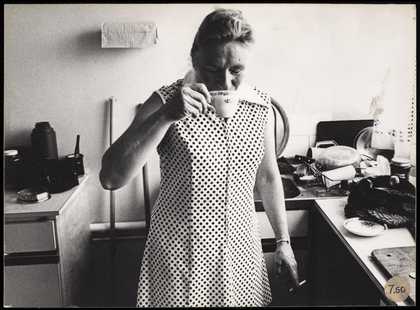
First of a series of nine photographs in Tate Archive from the Hackney Flashers project, A Day in the Life c.1974
All © Hackney Flashers, photo: Tate / David Lambert
‘Collective’ is a word that seems instantly rebellious in our capitalist society, where even the most well-intentioned rhetoric revolves around the individual and all one must do to ensure one’s happiness: achieving one’s dreams; being the best that one can be etc., etc. But what if one does not want to be ‘one’ – or even two? Any other number often conjures up suspicions of hidden agendas and potentially dangerous motives. And perhaps it should: collectives, particularly artistic ones, have mainly formed with the intention of revolution, in one way or another.
I feel lucky to be consuming creative content at the same time that collectives such as gal-dem, Bunny Collective and Guerrilla Girls are creating it. I’m also proud to have co-founded two of my own – Critics of Colour Collective and WITCH Projects. Yet I simultaneously feel crushing disappointment. It’s no coincidence that these collectives are mostly led by, and cater to, women and non-binary people. It’s no coincidence that there were notable collectives creating art to highlight the very same issues of equality (or lack of it) and representation (ditto) almost 50 years ago, such as the 1970s London feminist collective, the Hackney Flashers.
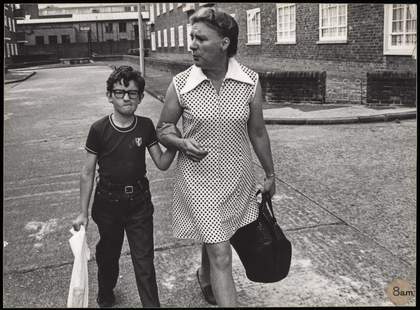
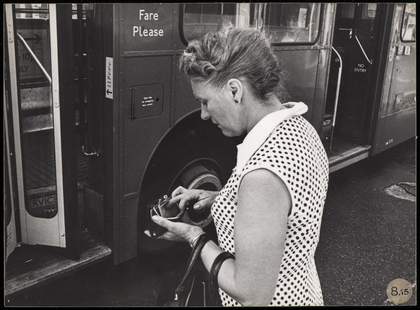
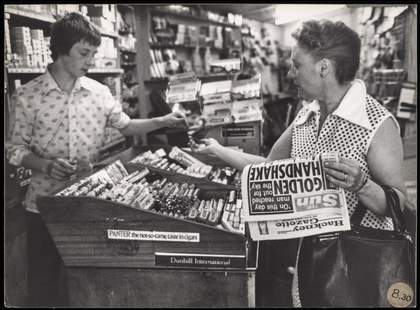
Currently, what is said loudly and publicly by individuals, organisations and politicians with regards to equality is confusingly out of sync with reality. The word is ‘change’, but the action is often ‘stick with the same’.
The glorious Tate Archive offers insight into a collective that pushed their art into action and made real change. One of the beautiful works archived from the Hackney Flashers is a photography project called A Day in the Life c.1974. It follows a woman from her 7.50 am cuppa and fag to taking her son to school, getting the bus to the shops, picking her son up from school, hoovering the house and then to the 6 pm finale of cooking dinner. A reminder of what once was? If only. According to an article in the Guardian last year, the majority of women are still doing 60 per cent more of this ‘unpaid work’ than men.
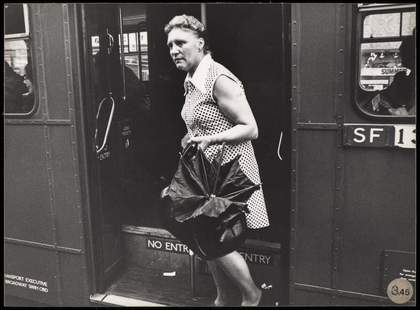
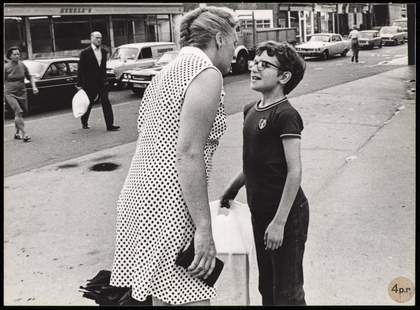
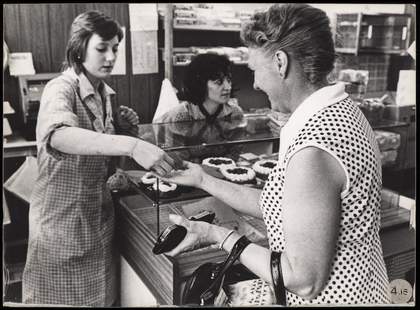
The 1978 exhibition Who’s Holding the Baby? was crucial in commenting on and inspiring action towards a government-funded childcare policy, though it could be argued that the Flashers’ ideal (co-parenting nurseries led by parents themselves) was still far more socially progressive than the system we currently have, despite the vast improvements in access.
A photograph of one of the Flashers’ posters in the archives features a model lazing stomach-down on a velvet sofa, pouting sultrily. The text above her reads:
You’ve tucked the kids into bed…
slipped into something simple…
taken your Valium…
and you’re waiting for him to come home…
mustn’t be late for the evening shift at the bread factory.
The text under the picture reads:
An exhibition on childcare
by the Hackney Flashers Collective
1978
I laughed as I held it with blue latex gloves, in awe of the humour employed to tackle the enormity of the struggle, saddened by the reflection that this is something women in my family once did, and still do – if there is even a ‘him’ expected to come home. I was also struck by the irony of my having to wear gloves to touch these precious photographs – practical and unpretentious work, created to change policy, yet turned by time into a treasure to be handled with the utmost care. I hold the work with my gloved hands in 2018, 50 years after this exhibition, with hands that have seen their own art suffer only three years ago, due to inadequate maternity pay and the creative processes of a performing arts industry (where I mostly work) that has evolved with no consideration for working parents, particularly for mothers with young children.
Yes, it is important to see yourself reflected in art. But sometimes it is important to see something reminiscent, but not quite recognisable.
We have a way to go, but we go there, collectively.
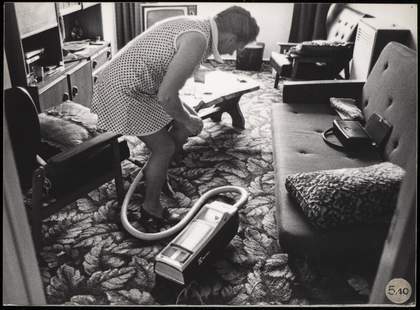
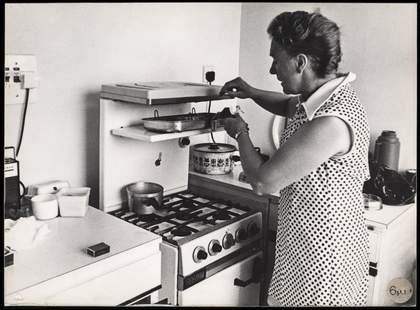
For more information about Tate Archive visit tate.org.uk/art/archive.
Sabrina Mahfouz is a playwright, poet and screenwriter living and working in London. She is editing Smashing It: Working Class Artists on Life, Art and Making It Happen, an anthology that will be published by the Westbourne Press this autumn.
